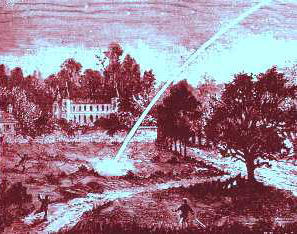 |
New England
Meteoritical Services www.meteorlab.com Everything about meteorites! |
| Learn about meteorites. Did you find one?   |
 |
 |

|

|
Meteoritestructures.org Primary and Secondary Structures A new resource for meteorite researchers and collectors |
 |
| |